Many new soapmakers seem to get confused when it comes to defining saponification time and cure time when making handmade soap. The two terms are not interchangeable. Both are important to learn.
Saponification
Saponification is the chemical reaction that occurs when we mix oils with a lye solution. This process usually takes about 24-48 hours to occur. During saponification the sodium hydroxide and oils are binding, doing their love dance and turning into salts of the fatty acids. Glycerin is also produced and if you superfatted (which we do), you’ll have unsaponfied oil as well.
Heat quickens saponification. If your soap goes through gel phase or if you force gel phase by adding heat, your soap finishes saponification faster.
Soap that has a high water amount, soap that is high in olive oil and other slow-saponifying oils and soap that is made with cooler temperatures might take longer to saponify.
You know that it is safe to use if you zap test it and it no longer zaps you.
The Zap Test for Soap
The zap test is when you stick a bar of soap to your tongue. If it zaps you like a 9-volt battery, your soap is still not saponfied. If it doesn’t, it is probably done with the process.
Again, saponification takes about 24-48 hours. If you have a zappy soap after 72 hours, let it set a week and retest. Occasionally, you might get a soap that takes longer to saponify. You probably didn’t stir in the right direction (always stir counter-clockwise).
Just kidding. Ignore that last line.
Can You Test Soap with pH Testing Strips?
Yes, but I don’t. I just don’t find them accurate. And they are a pain. You have to dissolve some soap either by dropping water on the bar or dissolving soap in a bit of warm water. And since the soap is then diluted, I don’t think it is that accurate.
I know that many soap makers use test strips and that is fine. I personally don’t recommend them and I don’t use them myself. If you’re interested, purchase some. They aren’t that expensive.
I stick to licking soap. Although, these days I don’t test at all. I can tell when a soap comes out good or when there might be issues. If I think there might be issues due to too much caustic (crumbly soap) I might check it several days after making it.
You don’t have to zap test every batch of soap. I use it to troubleshoot.
After saponification your soap is safe to use. You can technically use a bar of soap 24-48 hours after making it. But should you?
This is where the cure time comes in.
Curing Your Handcrafted Soap
The cure time is all about water evaporation. During the cure time water dissolves from your soap creating a harder and longer-lasting bar in your shower. Curing = drying.
If you were to step into your shower with a brand new bar of soap it would dissolve pretty quickly. It is very important not to sell fresh soap. Customers might get frustrated with a soap that dissolves quickly.
The typical cure time is 4-6 weeks. Soaps high in olive oil will take closer to six weeks to cure.
This is a good starting point, but it is flexible.
If you water discount, you won’t need the full cure time. Sometimes if I need a soap fast, I’ll discount the water quite a bit, using 1.5 – 2 times the lye amount.
How Do You Know When Your Soap is Done Curing?
There isn’t really a hard and fast rule and that is why most soap makers advocate for a minimum cure of 4 weeks.
One thing you can do is try weighing a bar of soap right after you make it. Weigh it daily. When it stops losing weight, it is probably done curing.
Although…
I feel like soap becomes milder after it has cured. I read somewhere that 95% of saponification takes place in the first 48 hours but the other 5% takes place during the cure time.
So I personally cure soap with a water discount at least 3 weeks before I use it. I feel like it gets milder.
If you are a new soap maker, make it a point to cure soap at least 4 weeks. The more you make and the more experienced you become, you can modify the cure time for your recipe and process.
Happy Soaping!
-Amanda Gail

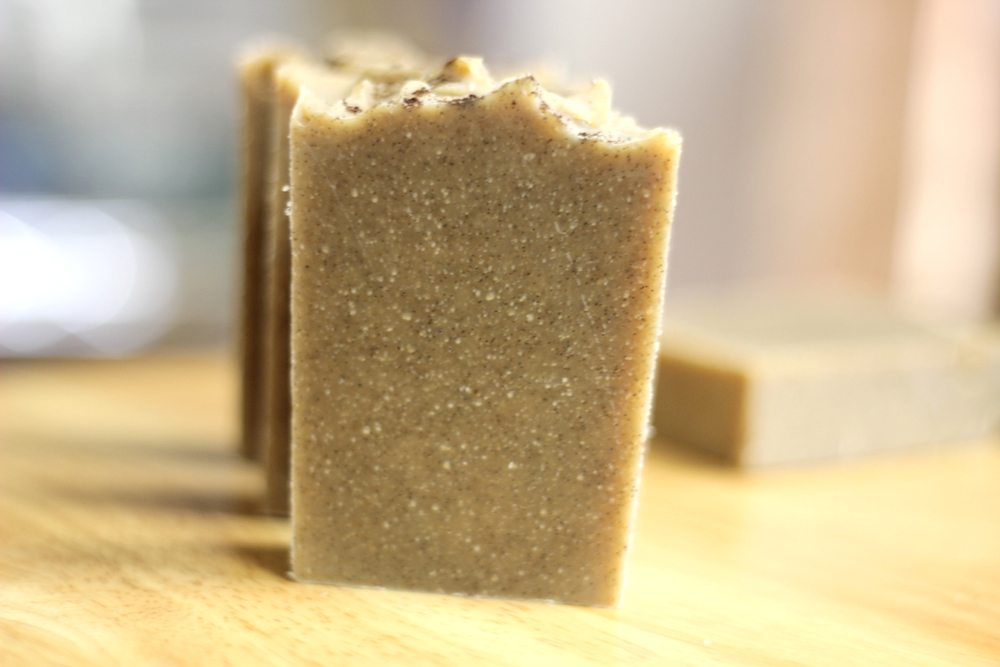
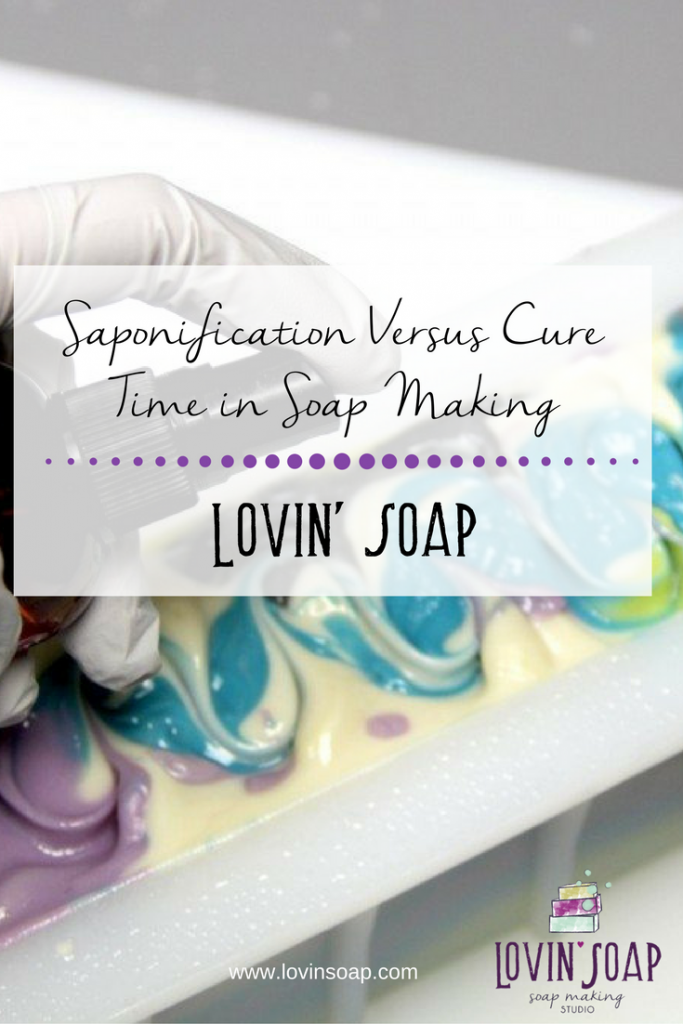
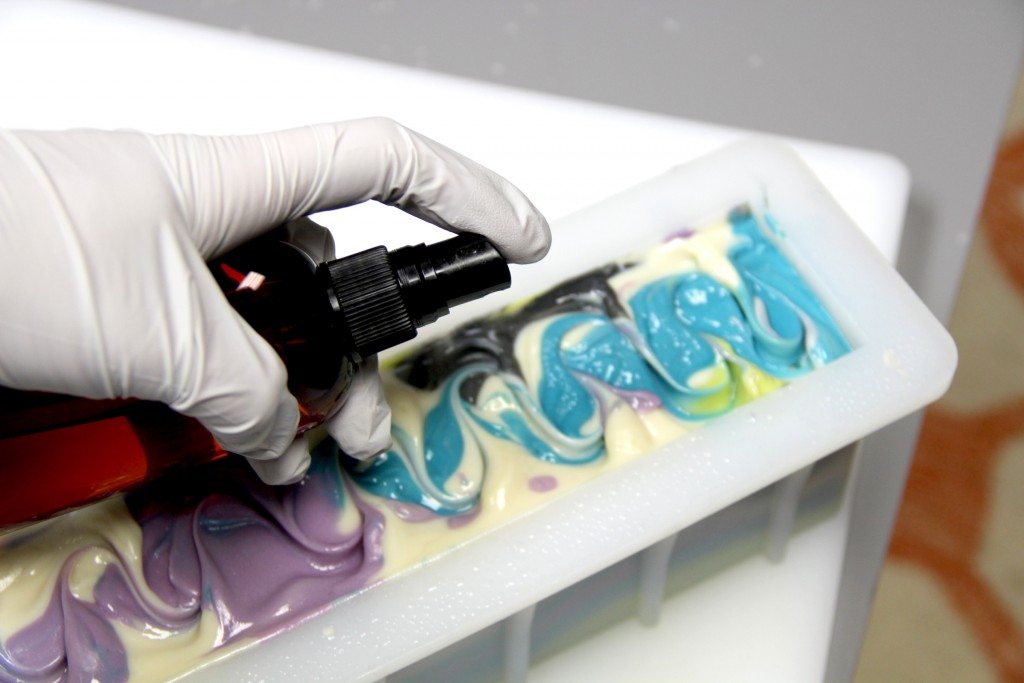
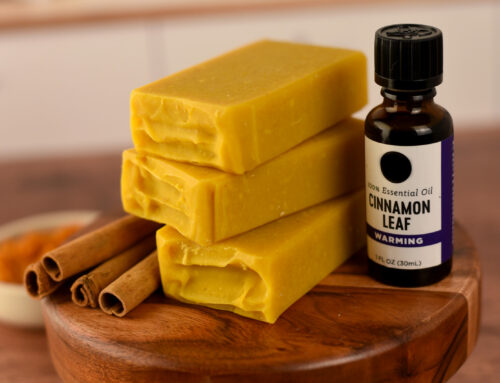
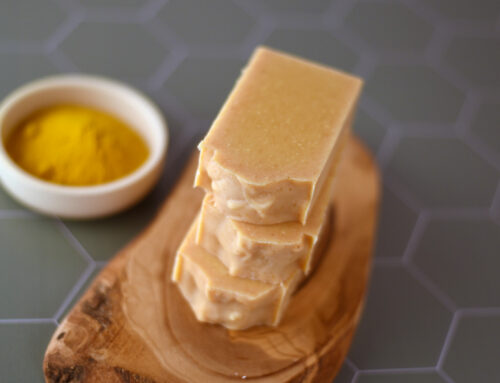
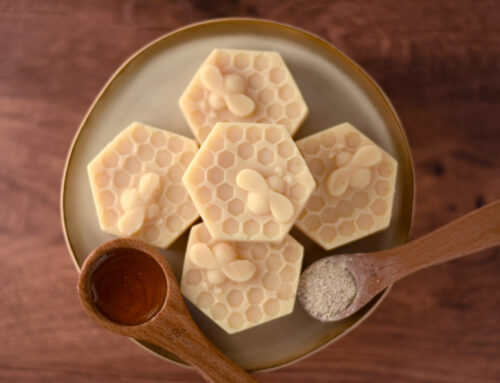
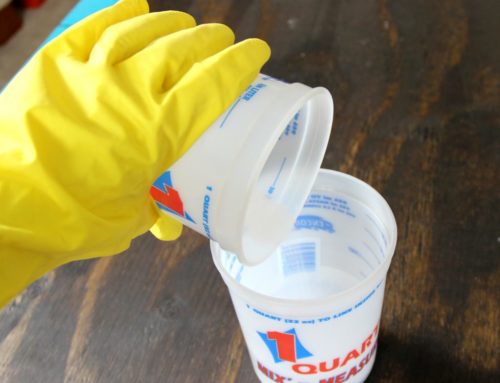

Thank you for this article. I just made my first batch of homemade goat’s milk soap. I appreciate your tips in this as I have it in a mold and will next cure the soap.
Im very curious does this ph also apply to liquid soaps.
Wood furnishings has one thing incredibly natural about it.
There is this sense of comfort, of attribute
and also of beauty that may be be discovered in hardwood furniture.
Wood is birthed from the earth. It feeds the fire, falls to
pieces in to blows as well as ashes away. It is
very close to the human presence on earth. Might be actually that is why it resonates
so much with our company. Might be that is why you still get
that warm and comfortable feeling when you touch a wealthy
mahogany desk.
Hi,
Thank you for your post! I found it helpful.
I have question about saponification though. I have had lye heavy soaps for couple of times. In the past, I never had lye heavy soaps. So, I’m pretty sure its not because of the recipe or measurement because I’ve been using the same lye calculator and equipment. However, I do change lye concentration from 33% to 30% though.
I do notice, that the freshly made soap in the mold is a little cooler than usual. I was wondering, is it because the soap did not sufficiently saponify? Is there suggestion to make sure the soap fully saponified? Currently, I’m mixing lye and oil at between 40-50 celcius. Should I soap at higher temperature?
I read your post and will try to stir counter-clockwise. hopefully that’ll help.
Hi,
Can you please tell me, if lye is added to oils, stirred just once, will it become soap? Partially, completely or not at all.
Hi Lynn,
Since nobody else has answered, I’ll venture a reply. Since saponification is a reaction between the lye and oils, it will saponify only in the places where the lye has contacted the oils. It is really necessary to fully blend the lye and oils.
Great post, thank you!
Hi Amanda
Indeed, I loved your post as well as interesting and useful comments on it. Soap making is a chemical process but at the same time it’s an art. It needs skill, experience and interest.
As I am work in a large scale soap manufacturing business, I may share some interesting facts.
– Logically, saponification (reaction of soap making) and evaporation (process of soap drying) never ends.
– Rate/speed of saponification and evaporation is higher at the start of reaction and at a higher temperature and it gradually slows down, depending on completion of reaction and dropped temperature.
– Keep the soap little bit alkaline otherwise it may develop bad odor.
– Phenolphthalein indicator or bite test may be used assess alkalinity.
Think safety first before any activity/experiment.
How do you keep the soap alkaline?
Thank you for this! I will be linking to it and quoting you in an upcoming blog post.
Hie Amanda ! Thanks for your very informative and helpful articles. I am new in the soap making arena. I want to be making crocodile oil soap .what other oils/fats can i blend the croc oil with ?
Hi Amanda,
I had received a bar of castile that was cured for about 6 months, I noticed that the center of the soap had sunken in very visibly. What is that due to? And if i were to make a castile soap, is that common and how to avoid it?
Thank you for the article! I’ve just made my first batch of soap, and it’s been a week but I still get a mild zap when I lick a bar. I had gotten the impression that the saponification should already be complete and only drying happening now. But you reassure me…it’s just not quite done yet. Thanks for the info!
Helpful!
How mach times to good saponified koh mame
Great article i had some questions but i think this covered it all. Happy soaping!!
Hi Amanda
Can you tell me why pure coconut soap gets so hot and hardens so quick? Thanks
Hi, I’m Biona. I made a soap four months back. And when I used it the soap was fine. But the next day when I was taking a shower. I pulled my soap tray and realised the soap was softer at some spots. If anyone could tell me why??
So glad I found this article. Even after making soap for over 6 years, I still love reading about the process. Thanks!
Hi Amanda, Im new at the soap game, Is there a reason why my trace happens quicker than the all the information I have read, and is there a way to slow down this process, or am I doing something wrong. Many thanks Elaine
What temperature are you soaping at?
Hi Amanda! I am new to the soap making deal and would like to know after saponification do u remove the soap and let cure cover or uncovered?
~ Monique
Once you can unmold it, it should be cut and put somewhere cool and dry, preferably with good air circulation.
Great post! I just made a palm & olive oil soap and for the first time I added 1,5% of sodium lactate, hoping for a firmer soap bar. And I was surprised to discover that it seems ready right after unmolding. I use ph stripes, but this one I had to zap test as well, because I wouldn’t believe it was ready.
I’ll cure it anyway because I too fell it gets milder and I want it to fully dry before using it. Thanks for sharing your knowledge
I love your blogs, especially the high temperature hot process soap article. However, when you said you don’t trust pH strips with soap because you have to dilute the soap, as a scientist I have to disagree on something with you. When you put soap into water I wouldn’t really think of it as diluting it (hold on a second I know you usually think of adding water as diluting but…) I would think of it as making a soap solution in distilled water. You can effectively take a pH reading with this. In order for you to shift the pH one unit (9 to a 8) you would have to dilute the soap solution ten fold, but why would you do that in reality. A drop on the soaps surface would make a really concentrated soap solution and if anything you could argue the contrary that it may be OVER compensating for the soaps pH. For our purposes I say go right ahead and use the pH strips as a gauge for soap!
Great comment, Gilbert! Gives me food for thought for sure.
Amanda
Also depends on the pH of the water. My tap water has a pH of 10.
Hi Amanda,
Thank you for all that useful information 🙂
What does mild soap mean? English isn’t my first language and I’m having a hard time understanding what soapers mean when they say that a soap is mild or milder.
What does a milder soap feel like (as opposed to a less mild soap)?
Thank you,
Morag
Milder means softer to your skin. A milder soap leaves you with a good sensation after using on your hands, you feel that they are hidrated, or something like that. A “less mild” soap will leave a dry skin sensation
Hi Morag,
I’m not Amanda, but maybe I can answer your question. A mild soap would be less harsh, less drying. It would feel softer on your skin, not so strong. Hope that helps.
–Dave
How we get rid of smell (oily smell). I use coconut, palm and olive oil)
Great read. My question is, while the soap is curing should it be covered? I have it on a wire rack, and covered it with a paper box and a towel.
Hi Amanda,
So how long does Castile Soap (100% Olive Oil) need to adequately cure & how would you know when it is done? There seems to be very conflicting answers. I know the longer the better, but does 4 months versus 14 months really make that much of a difference? And if so, what exactly is the difference? I know the bar will last longer, but how much longer….
It depends on the amount of water used. Full water will take a long time (14 months is not unreasonable), but a steep water discount can be much less. Weighing the fresh soap and then weighing periodically to see when the weight stabilizes is the best way to tell with Castile.
This is a great article. Thanks!
You’re welcome! Thanks for reading! 🙂
Thanks Amanda for the information! :-D. Very helpful for me since I’m new to soaping :-D. Love all your articles!
Hi Amanda,
Great post but on this occasion I have to disagree with you on one point. I think you are mistaking, as most people do, curing for drying. Curing is what happens as the soap saponifies and the ph changes happen during this phase. If your soap has fully gelled it is then also now cured but will still require the drying time to evaporate the water left in the bar that was used as the solvent for the lye.
It is possible to both cure and dry at the same time however , if your soap has not been gelled.
Hi Sarah! Thanks for your comment. I don’t believe that fully gelled soap is now cured. Fully gelled soap is saponified, but still needs to go through the cure process to allow for water evaporation.
-Amanda